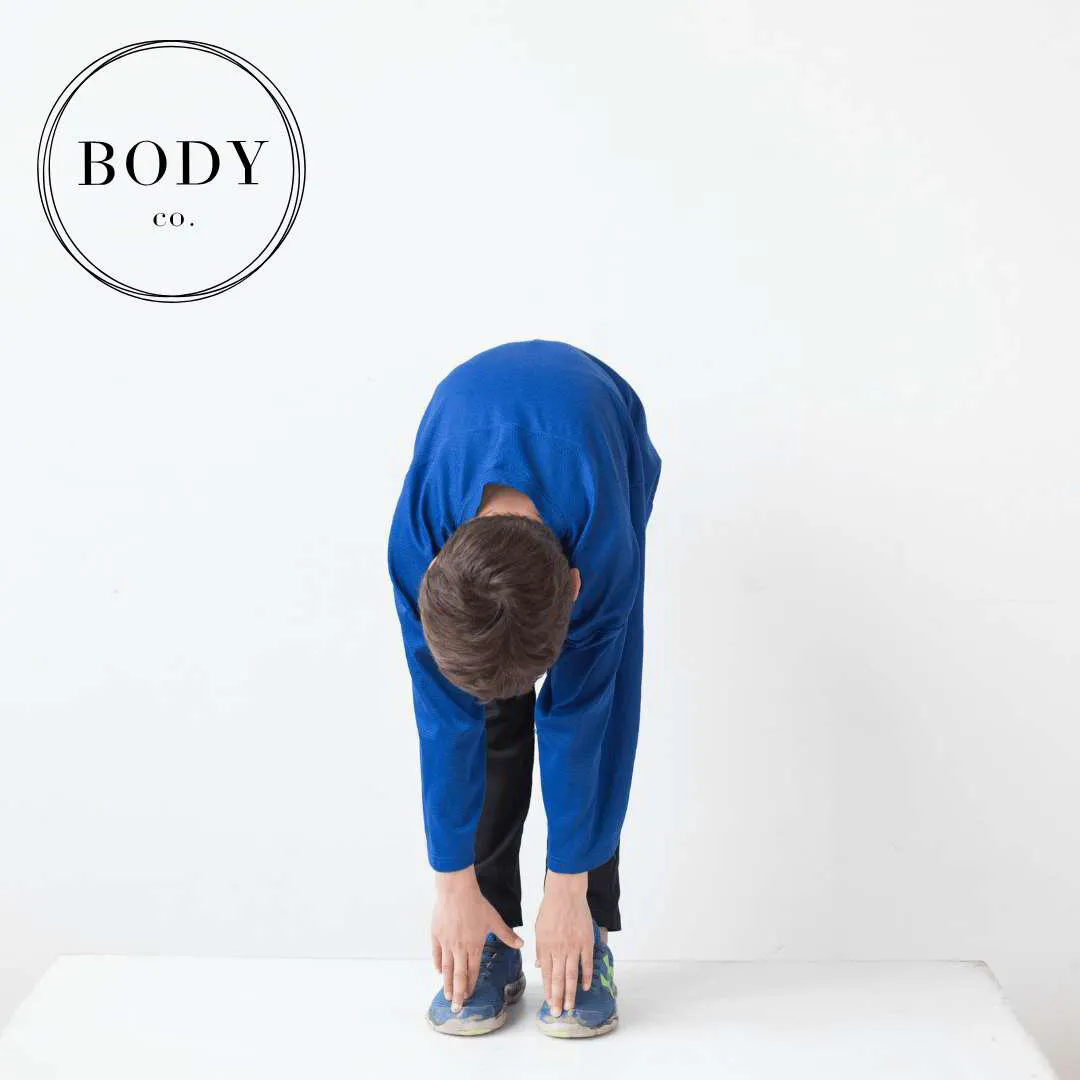Is Stretching Effective for Injury Prevention?
There was a recent social media buzz surrounding a research article that came out in 2014 comparing the risk reduction of different rehabilitation interventions on sports injuries (see reference below). This research article gained quite a lot of interest, primarily due to a staggering benefit from strengthening over stretching. According to the results, sport injuries were reduced by NEARLY 70% through strengthening exercises, whereas stretching reduced sport injuries by a mere 4% (1). The value of this study is tenfold since it is a meta-analysis study. A meta-analysis study requires that the authors rigorously analyze and compare all relevant research from the past in order to come to their current conclusion through a complex statistical analysis… a daunting task when this group originally had to sift through over 3000 research articles!
I think from a Physiotherapist perspective, this was a confirmation of a lot of my colleagues biases, and definitely my own. Personally, I rarely utilize stretching for greater than 3 minutes in my own gym sessions. I typically use it before I begin my exercises, and I always follow it up with a low intensity exercise that forces my body into the new range of motion the stretch has enabled me to achieve. I have felt improvements in my squat depth, overhead arm position, and trunk rotation through simple stretches and warm-up exercises that have translated to better exercise technique. More importantly however, the strengthening exercises I utilize have been a great tool, in my opinion, in improving areas of my body that have previously been injured as a result of my sport and exercise history. On top of all of this, the majority of what I do to rehabilitate MY OWN injuries revolves around strengthening exercises rather than stretches.
Though it may appear as a simple truth to me that strengthening is hugely beneficial in the fight against injury, a week rarely goes by at work where I hear at least one person say, “I really should be (or, “should have been”) stretching more”. But why? Where did this mis-information start and why is it embedded in the foundation of health and fitness? Putting my biases aside, I reflected on the fact that I too had this belief prior to beginning my career as a physiotherapist. When I consider my past history of sport, without a doubt I have heard a coach tell or instruct the team to “remember to stretch” right after the game. Maybe you have a similar experience, maybe not, but I’m sure you’ve heard something similar through the years.
So, do I educate my clients on stretching to rehabilitate their injuries? Yes, of course I do, but I strive to ALWAYS accompany the stretch with a complementary strengthening exercise (such as a hip flexor stretch followed by a simple glute bridge). And what about those clients that are no longer in pain but are looking to reduce their risk of re-injury? No, I don’t actually… or at least I tell them to focus on the strengthening exercises provided and less time on stretches if they are time-limited. Let’s face it, stretching feels nice so why should I take that away from you? Remember though, this is just one article – it is a very convincing article given the design of the study – but it is only one article.
So where does this leave the conversation on stretching? At least from this article it is clear to me that we need to dedicate more time to strengthening and less on stretching with regards to future injury prevention, and until I learn otherwise I will stick with this mantra. The average person probably needs an average amount of flexibility, so if you have achieved that you can probably focus your efforts elsewhere. I think the next step is learning to be STRONG in all body positions rather than being strong only in the most commonly utilized positions of daily life – think about your back pain flaring up when you try and lift a heavy couch in an awkward position. Challenge your body, move in new ways, and explore your movement extremes. When in doubt, don’t hesitate to drop your friendly physiotherapist a line for guidance on safe and effective methods to strengthen.
Thanks for reading!
References:
Lauersen, J.B., Bertelsen, D.M., and Andersen, L.B. The effectiveness of exercise interventions to prevent sports injuries: a systematic review and meta-analysis of randomised controlled trials. British Journal of Sports Medicine. 2014; 48:871–877.
Jordan Fortuna, Physiotherapist
Jordan is a graduate of the University of Toronto Physiotherapy program and has since been practicing in orthopaedic settings. He has developed an interest in sports physiotherapy through his many years as an athlete, participating in baseball, golf, snowboarding, and more recently rock-climbing, cycling, and strength training. He has worked with a variety of clientele including athletes from disciplines such as competitive dancing, running, rock-climbing, and mixed-martial arts, as well as non-athletes of a wide age range and ability. Regardless of activity level, he is dedicated to improving mobility, optimizing function, and strengthening to help achieve your goals through the use of an individualized exercise prescription and manual therapy. He also has additional training in acupuncture and sports taping.
Jordan is available for appointment on Tuesday, Thursdays and every other Saturday. You can book your appointment with him here.
If you have enjoyed this blog and would like to learn more about health and wellness from our team of expert practitioners, follow us on Facebook and Instagram.


